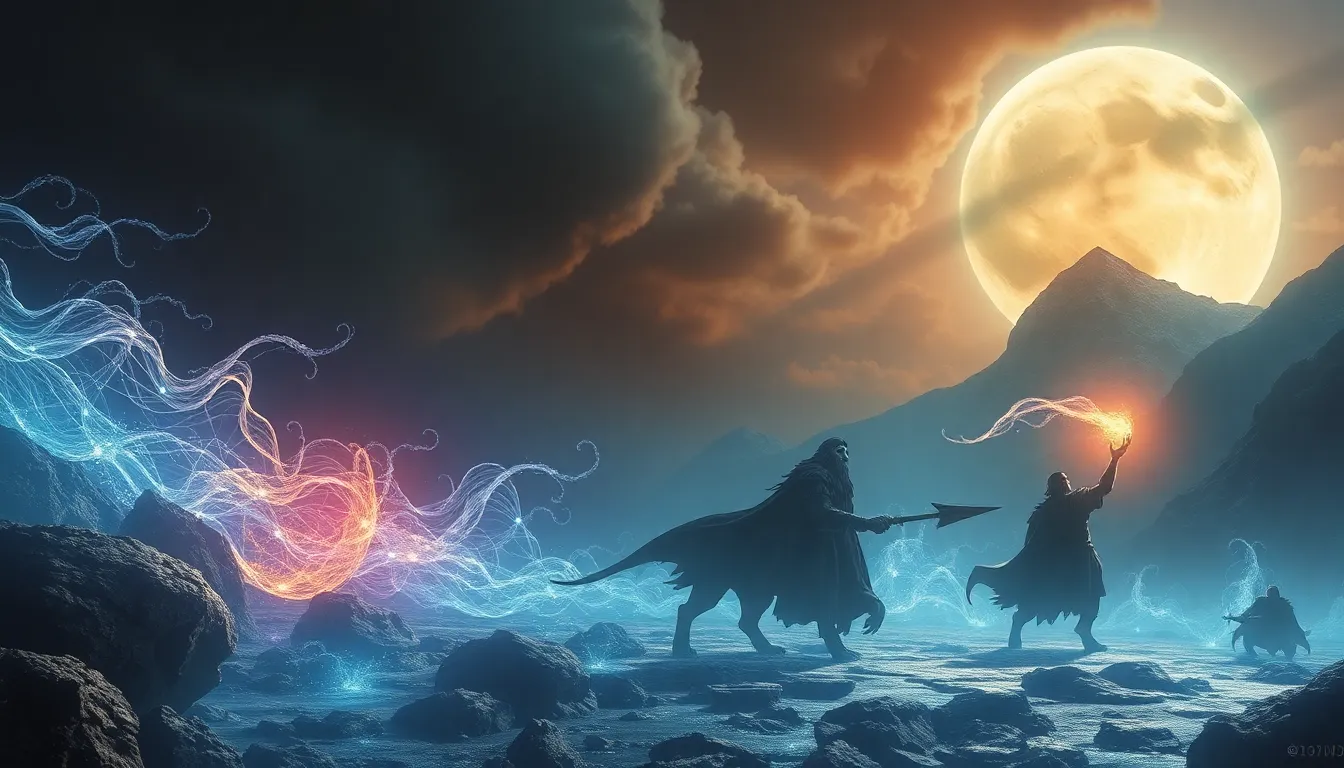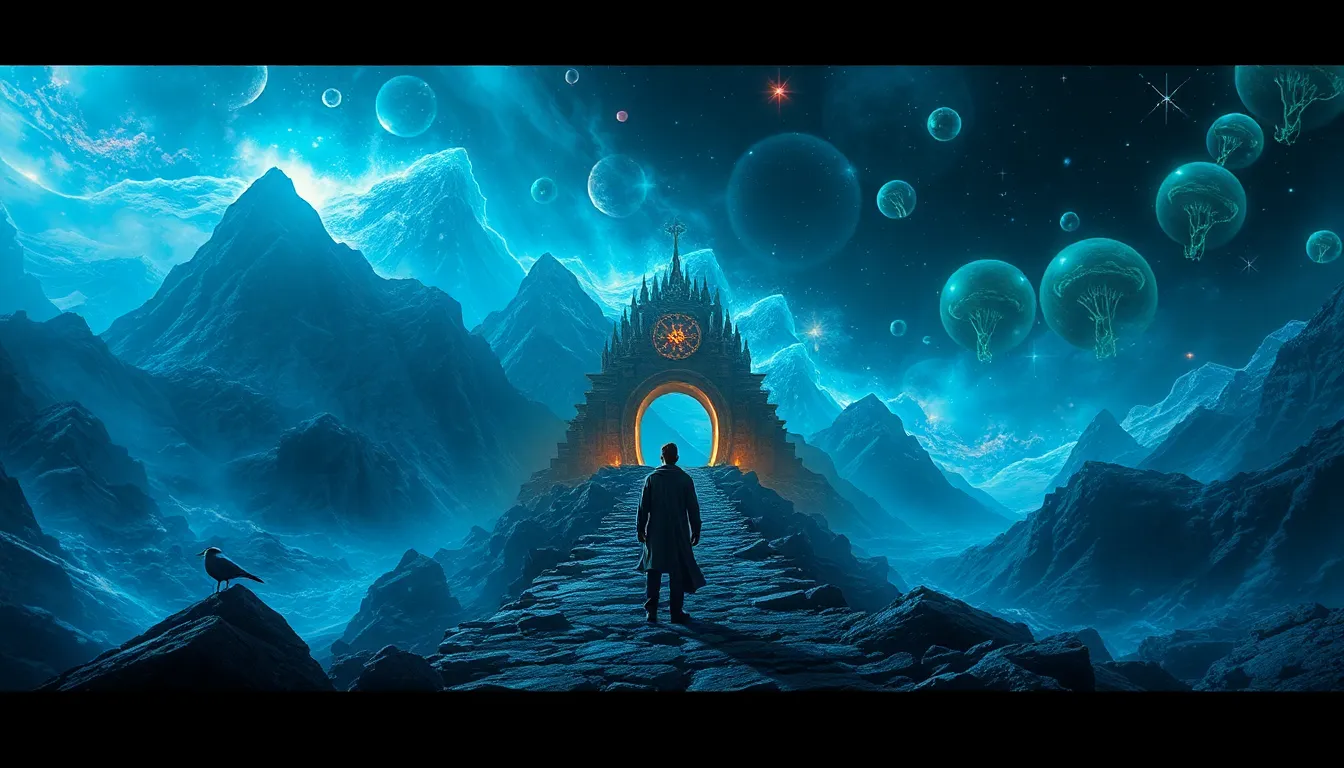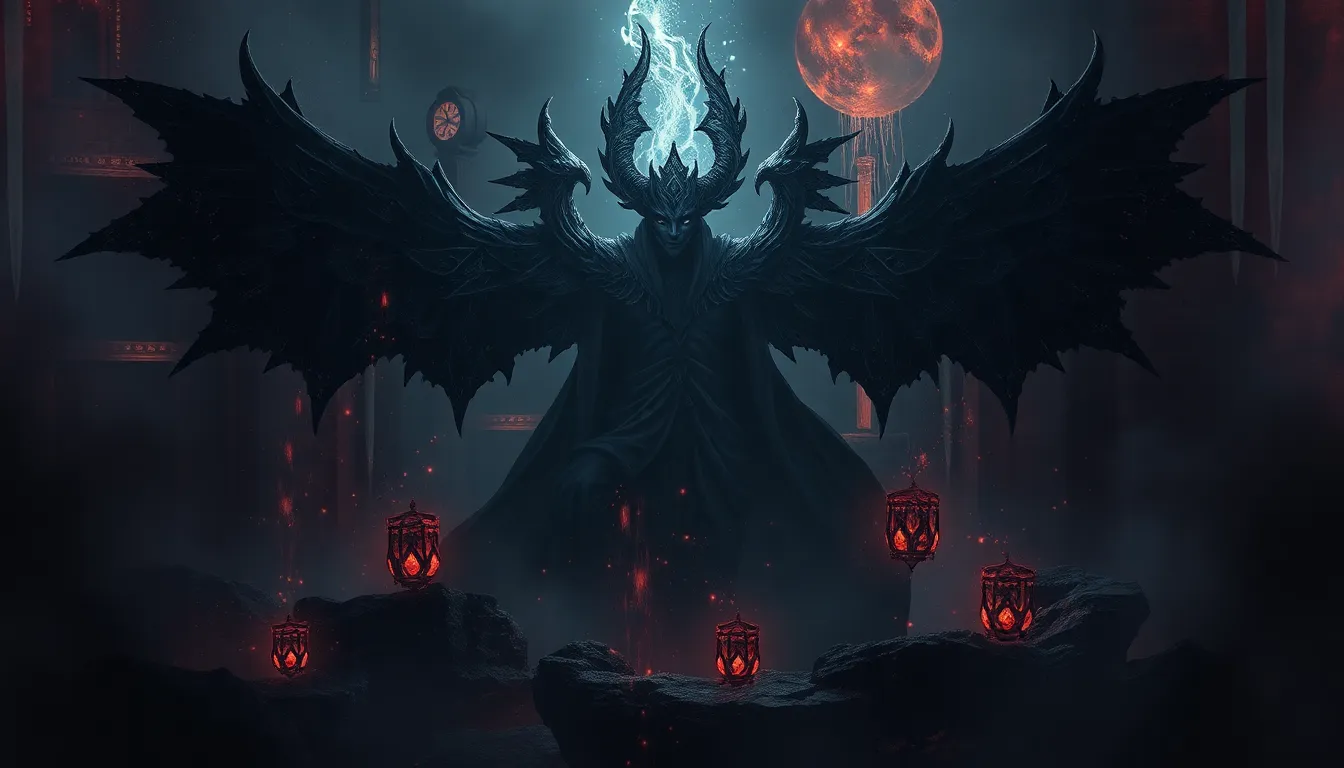The Journey of the Guardians: Myths of Protectors and Heroes
Introduction: The Concept of Guardianship in Mythology
Guardianship is a profound concept found across various cultures and mythologies, representing the protective instincts inherent in humanity. Defined as figures who shield, guide, and support, guardians embody the values and ideals of the societies they represent. These figures can take on various forms, including deities, heroes, spirits, and even ancestors, each serving a unique role in safeguarding their people. In this article, we will explore the rich tapestry of guardians and heroes in mythology, examining their significance, characteristics, and the timeless lessons they impart.
Historical Context: Guardians in Ancient Civilizations
The concept of guardianship can be traced back to ancient civilizations, where protectors were often deified and revered. In Mesopotamian mythology, gods like Marduk served as guardians of order, battling chaos and ensuring the safety of humanity. Similarly, in Egyptian mythology, the goddess Ma’at represented truth and justice, maintaining cosmic harmony. Greek mythology showcases heroes like Heracles, who undertook trials to protect humanity from monstrous threats. These figures exemplified the dual role of guardians as both protectors and enforcers of moral and societal codes.
The Archetype of the Hero: From Myths to Modernity
The hero’s journey, a narrative structure popularized by Joseph Campbell, showcases universal themes of growth, sacrifice, and triumph. Ancient heroes such as Gilgamesh and Odysseus faced formidable challenges, ultimately emerging stronger and wiser. In contrast, contemporary heroes, like those found in modern literature and films, often grapple with personal demons alongside external threats. This evolution of the hero archetype reflects societal changes and the enduring human desire for justice and protection.
Cultural Variations: Guardians Across the Globe
Guardians manifest in diverse forms across the globe, reflecting the unique cultural beliefs and values of different societies. Some notable examples include:
- Japanese Kami: These spirits are believed to inhabit natural elements such as mountains and rivers, acting as protectors of nature and communities.
- Native American Spirit Guides: Often depicted as animal spirits, they guide individuals on their spiritual journeys, offering protection and wisdom.
- African Trickster Figures: Characters like Anansi the Spider teach lessons through cunning and wit, often safeguarding social norms and values.
These figures demonstrate that guardianship is not limited to physical protection but also encompasses spiritual and moral guidance.
The Role of Guardians in Folklore and Fairy Tales
Folklore and fairy tales are rich with guardian figures, often embodying moral lessons and ethical dilemmas. Characters such as fairy godmothers or wise old men frequently guide protagonists through their trials. These stories often convey important messages about courage, integrity, and the importance of community. For instance, in the tale of Cinderella, the fairy godmother not only provides magical assistance but also symbolizes hope and the belief that kindness is rewarded.
Guardians of Nature: Environmental Myths and Heroes
Myths of guardianship extend to the natural world, highlighting the connection between humanity and the environment. Figures like the Earth Mother or nature spirits serve as protectors of the earth and its creatures. These myths often emphasize sustainability and stewardship, urging societies to respect and care for their surroundings. For example, the Indigenous concept of “Mother Earth” reflects a profound relationship with nature, advocating for its protection as a shared responsibility.
Psychological Perspectives: Guardians as Symbols of Inner Strength
From a psychological standpoint, guardian figures in myths can symbolize inner strength and resilience. They represent the protective aspects of the self, encouraging individuals to confront fears and overcome obstacles. The presence of a guardian can serve as a metaphor for personal empowerment, helping individuals navigate their journeys through life. This psychological interpretation highlights the importance of internal guardianship, as individuals learn to become their own protectors.
Modern Interpretations: Guardians in Literature and Media
In contemporary literature and media, the reinterpretation of guardian myths continues to thrive. Authors and filmmakers draw upon ancient archetypes to create relatable and nuanced characters. Notable examples include:
- The Harry Potter Series: Dumbledore serves as a mentor and protector, guiding Harry through his trials against dark forces.
- The Lion King: Mufasa embodies the guardian archetype, teaching Simba about responsibility and the circle of life.
- Video Games: Characters like Link from the Legend of Zelda series take on the role of a guardian, tasked with protecting the land of Hyrule.
These modern adaptations not only honor the traditional roles of guardians but also explore complex themes of responsibility, sacrifice, and growth.
The Future of Guardianship: Myths in a Changing World
As society faces modern challenges such as climate change and social justice, new myths of guardianship are emerging. Contemporary guardians often embody values of inclusivity, environmental stewardship, and social responsibility. These new narratives encourage collective action and highlight the importance of protecting vulnerable communities and ecosystems. The evolving role of guardians in shaping societal values reflects a growing awareness of interconnectedness and shared responsibility.
Conclusion: The Enduring Legacy of Guardians and Their Myths
The journey of guardians in mythology serves as a testament to the enduring human need for protection, guidance, and inspiration. These figures not only reflect the values of their cultures but also offer timeless lessons in courage, resilience, and moral integrity. As we navigate an increasingly complex world, the myths of guardians and heroes remind us of our capacity to protect and uplift one another, ensuring that the legacy of guardianship continues to thrive in contemporary culture.



